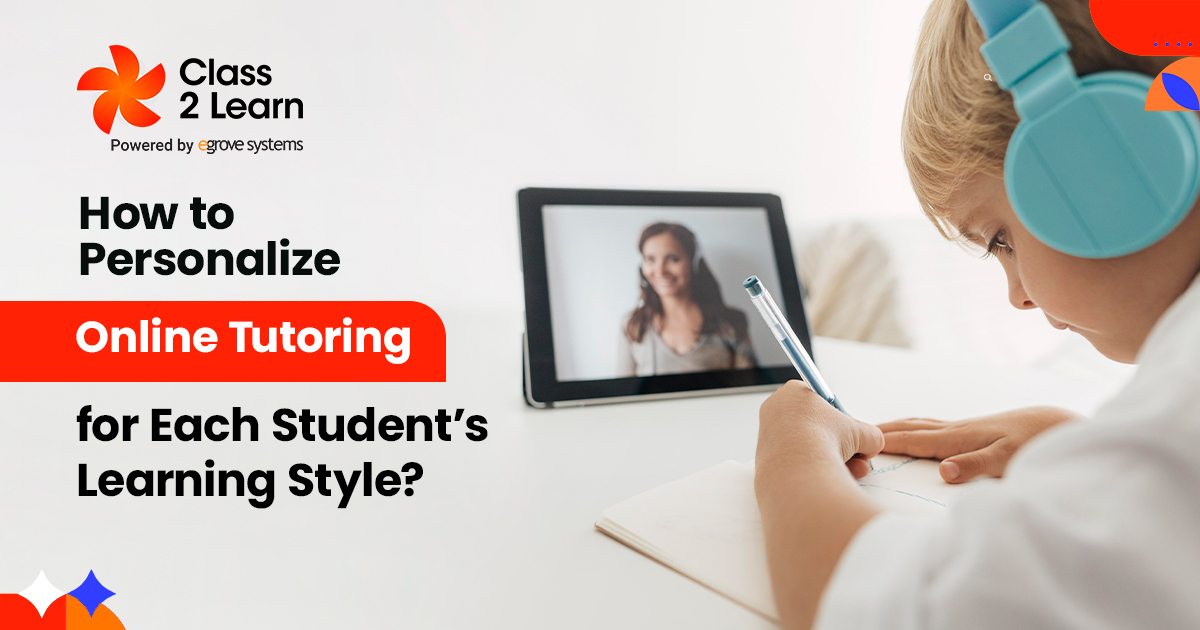Digital Assistants are growing in popularity in smartphones and standalone speaker devices like Amazon Echo and Google Home. Smart speakers are expected to be used by 83.1 million smart speaker users this year, up 13.7% from last year, per eMarketer. Voice interfaces can be used in diverse situations in homes, one of the main targets for digital assistants, but they can play a crucial role in education.
Plenty of digital assistants have many essential characteristics, such as delivering material obtained online based on inquiries, which may be utilized in the class, with functions that can be added to transform them into a valuable teaching resource. They do, however, have some drawbacks. Here are some crucial things to pay attention to while employing a digital assistant in the classroom.
Common Classroom Uses of Digital Assistants
There are a few fundamental applications for digital assistants that work well in the classrooms. Responding to questions is effortless for Alexa, particularly simple ones regarding classroom subjects like How do I spell this word? Which year did this occasion take place? the question “In what country is this city located?” You will not be required to leave questions for later with the aid of a digital assistant, and you can help students review their homework or satiate their interest in answers that are not included in the teaching materials.
However, you must be cautious since you cannot foresee the outcome, the answer may be lengthy or ambiguous, and you do not want to squander time.
You can also tell it to set a timer, set reminders, or play music for the class. It can be an engaging way to start a class by asking for tone-setting details like the weather, news, or a fun fact of the day. There are many abilities like recording the class for playback and creating a schedule that can be done with some planning.
Introducing Additional Skills
Alexa ‘Skills’ is an extra function that can get integrated into the device’s standard powers. Google Home Activities function similarly, where you may add features that are more useful in your classroom than the generic functions of voice assistants, such as trivia tasks that are directly related to your topics, such as arithmetic, science, or history. If your school uses the Canvas learning management system, students can install their skills on an Alexa device to access course information without needing to log in.
Tech-savvy teachers can also design their skills using the Alexa Skills Kit. Or, students learning to code can be given a project to make their skills produce practical applications that will help them or others.
Recently, a new mode called Kids Alexa was made available for Echo and other devices, which creates voice modulation for kids and serves child-friendly responses, plus a Reading Sidekick tool that gives feedback to kids reading aloud.
Potential Problems with Smart Speakers
Using a smart speaker can help students learn; however, there are some key issues to consider. Since these devices record and collect information, some may not be comfortable with the intrusion on their privacy. Companies, governments, and hackers may be able to access sensitive information.
In addition, devices are not allowed to collect certain information from children younger than 13 due to the Children’s Online Privacy and Protection Act (COPPA), so teachers of younger students may need parental consent if they want to use the digital assistant in the classroom. They should also get permission from their school or district administration to confirm that they can use it in their classes. Higher education instructors can make good use of smart speakers without these concerns.
In general, users should be cautious about having the device listening at all times and should turn it off when not needed. They should also monitor what questions are asked by students to prevent them from going off-topic or getting misleading answers. To prevent the device from drawing on personal information from its owner, it should be connected to a separate account from the teacher’s online account. Manage privacy settings within your account and delete recordings and data that are no longer needed.
Final Thoughts
The capabilities of digital assistants and smart speakers are perfect for education. They let young learners use a simple voice interface to ask questions and perform actions as they add convenience to some basic classroom activities. The educator should plan out what they intend to use and not try to force them into situations where they cannot help. Parents trying to give their kids additional aid in learning can also use the same capabilities. One final benefit for the kids, using these devices will learn their limits and understanding of artificial intelligence technology. Kids who appreciate these devices will have a leg-up in the future when it comes to knowing what problems the technology can solve for them and cannot solve.





Add comment